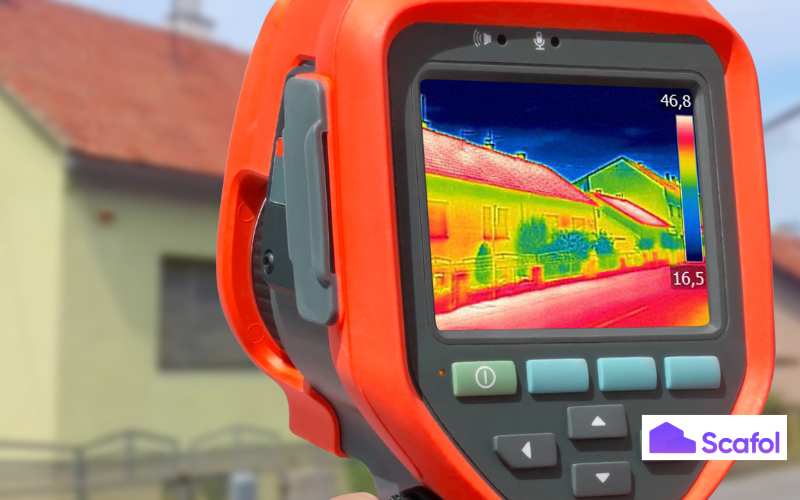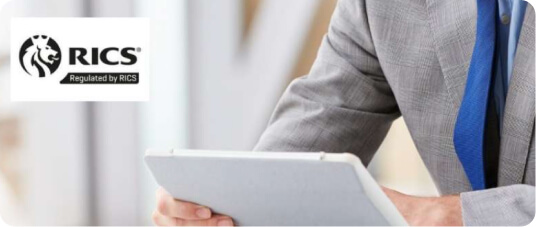
Introduction
Thermal imaging uses infrared technology to detect temperature variations on surfaces. When incorporated into building surveys, it provides several key benefits:
Identifying Hidden Issues
- Moisture and Leak Detection: Thermal cameras can reveal damp areas, leaks, or water ingress in walls, ceilings, and floors that are not visible without invasive techniques.
- Insulation Deficiencies: It can uncover poorly insulated areas, enabling buyers to assess potential heating or cooling inefficiencies.
- Electrical Faults: Hot spots indicating overloaded circuits or faulty wiring can be spotted early, preventing potential hazards.
Non-Invasive and Efficient
Thermal imaging allows surveyors to identify issues without damaging property. This non-invasive approach is not only quicker but also provides peace of mind to property owners.
Enhanced Negotiation Power
For buyers, having a comprehensive survey report with thermal imagery can strengthen their position during price negotiations by highlighting costly defects or necessary repairs.
Supporting Sustainability Goals
By identifying areas of energy loss, thermal imaging can help property owners and buyers take steps toward improving energy efficiency, aligning with sustainability initiatives.
Common Mistakes When Using Thermal Imaging in Surveys
Despite its advantages, improper use of thermal imaging can lead to errors and misinterpretations. Here are some common mistakes:
- Lack of Proper Training: Misinterpreting thermal images is a prevalent issue. Without adequate training, surveyors might mistake normal thermal patterns for defects or overlook critical problems.
- Ignoring Environmental Factors: External factors such as sunlight, wind, or rain can affect thermal readings. For instance, a surface heated by sunlight may give the illusion of insulation failure.
- Failing to Calibrate Equipment: Incorrectly calibrated thermal cameras can produce inaccurate readings, leading to flawed survey results.
- Over-reliance on Technology: While thermal imaging is a powerful tool, it should complement traditional survey methods, not replace them. Physical inspections and measurements remain essential.
- Neglecting Documentation: Properly documenting thermal images with annotations and correlating them with specific findings is vital. Without this, reports may lack clarity and reduce their value to clients.
Importance of Proper Training
Thermal imaging is a specialized skill that requires both technical knowledge and practical experience. Surveyors should:
- Undergo Accredited Training: Courses that cover the principles of thermography, equipment operation, and image interpretation are essential.
- Practice Fieldwork: Real-world practice is crucial to build confidence in detecting and diagnosing issues.
- Stay Updated: Technology and best practices in thermal imaging evolve, so continuous professional development is necessary.
Conclusion
Thermal imaging is an invaluable addition to the toolkit of modern property surveyors, offering unparalleled insights into the condition of residential buildings. However, the effectiveness of this technology hinges on the surveyor’s expertise. Proper training and awareness of common pitfalls are essential to maximize its potential and deliver accurate, reliable survey results. By embracing thermal imaging responsibly, surveyors can enhance their services, benefit their clients, and contribute to a more transparent property trading process.

















 Book a Demo
Book a Demo